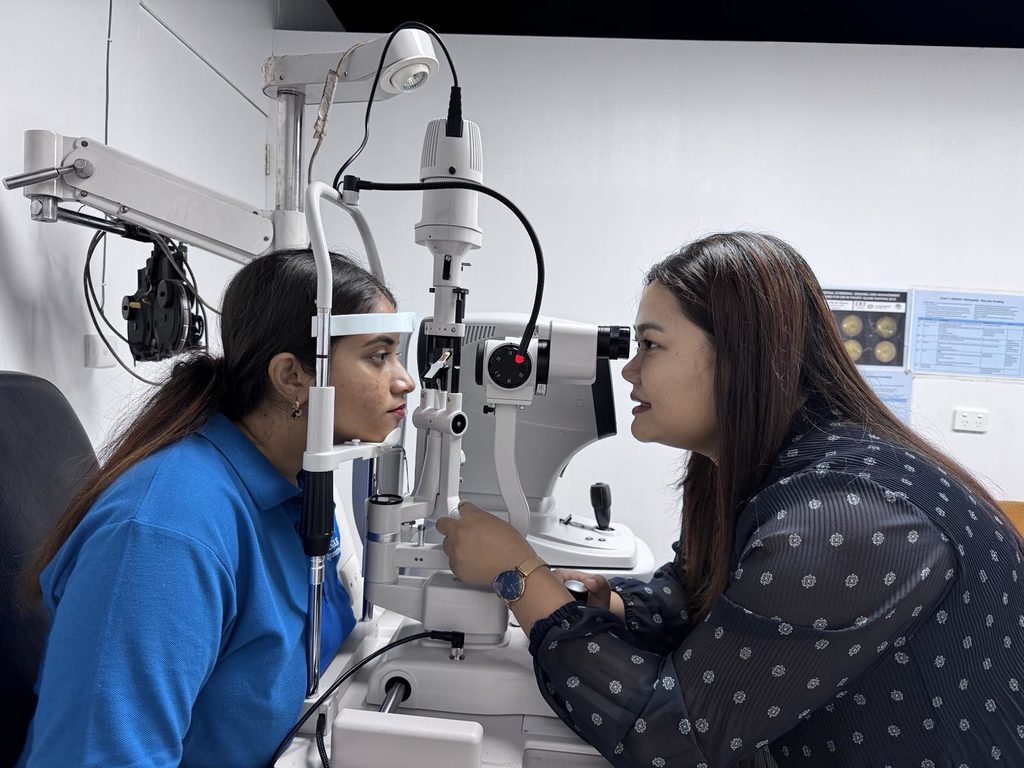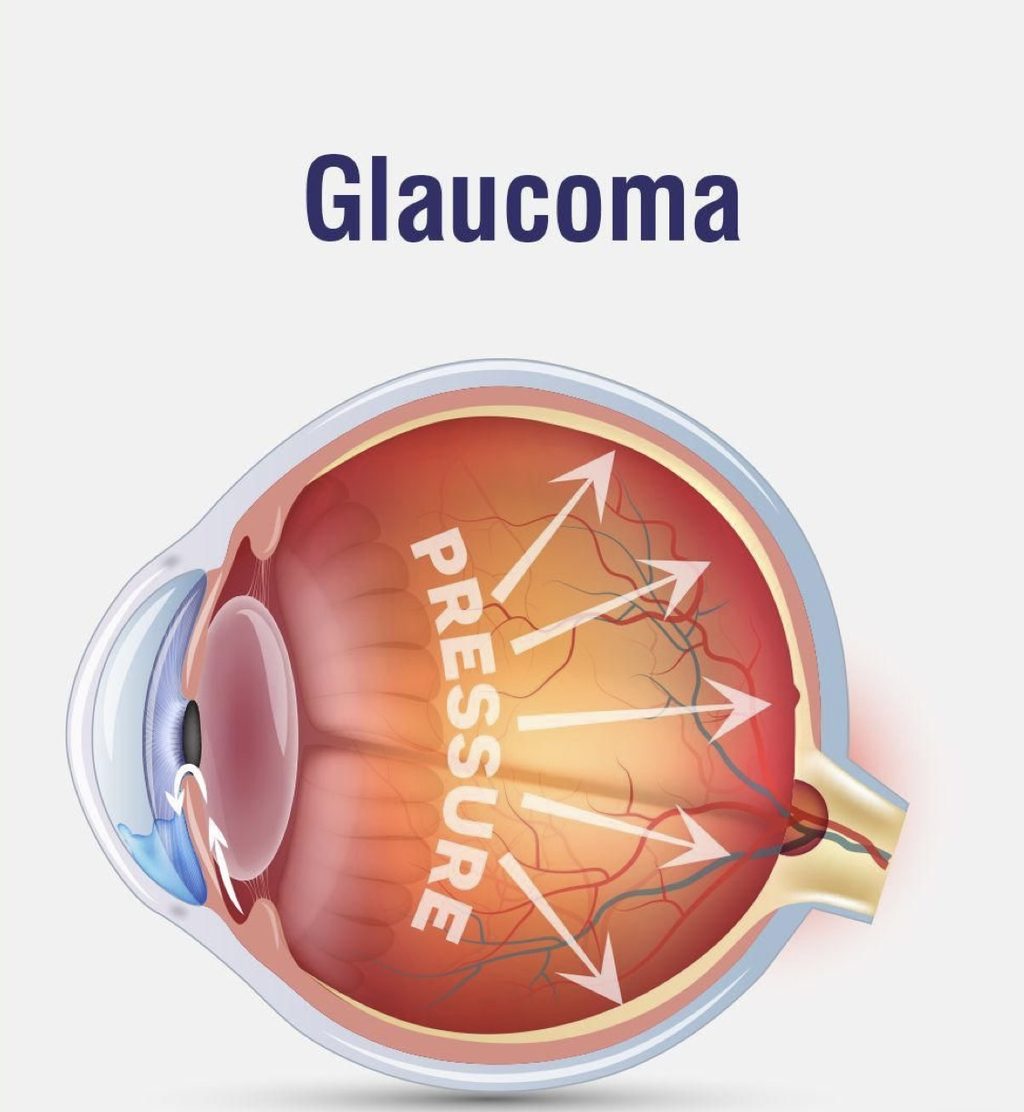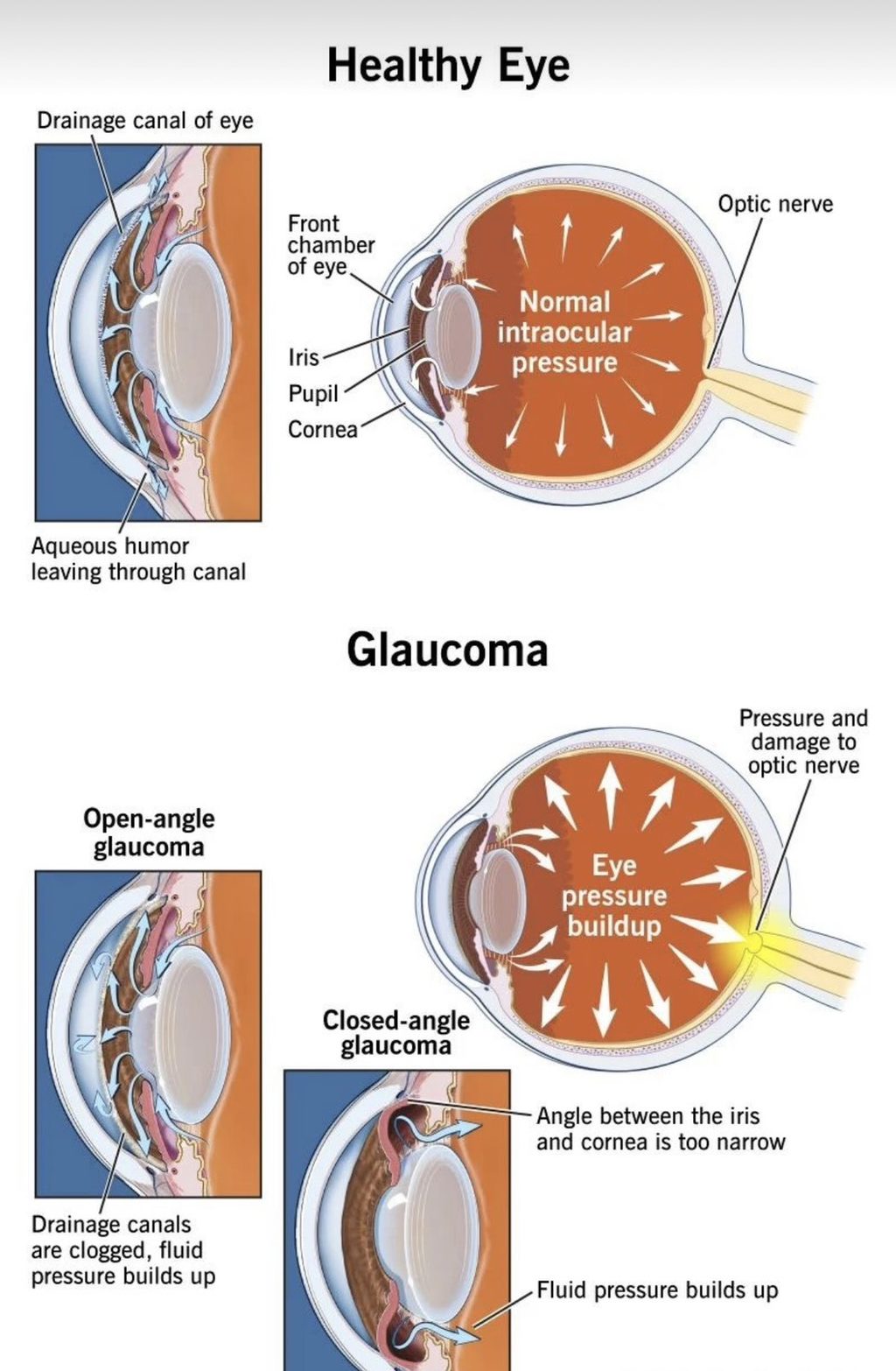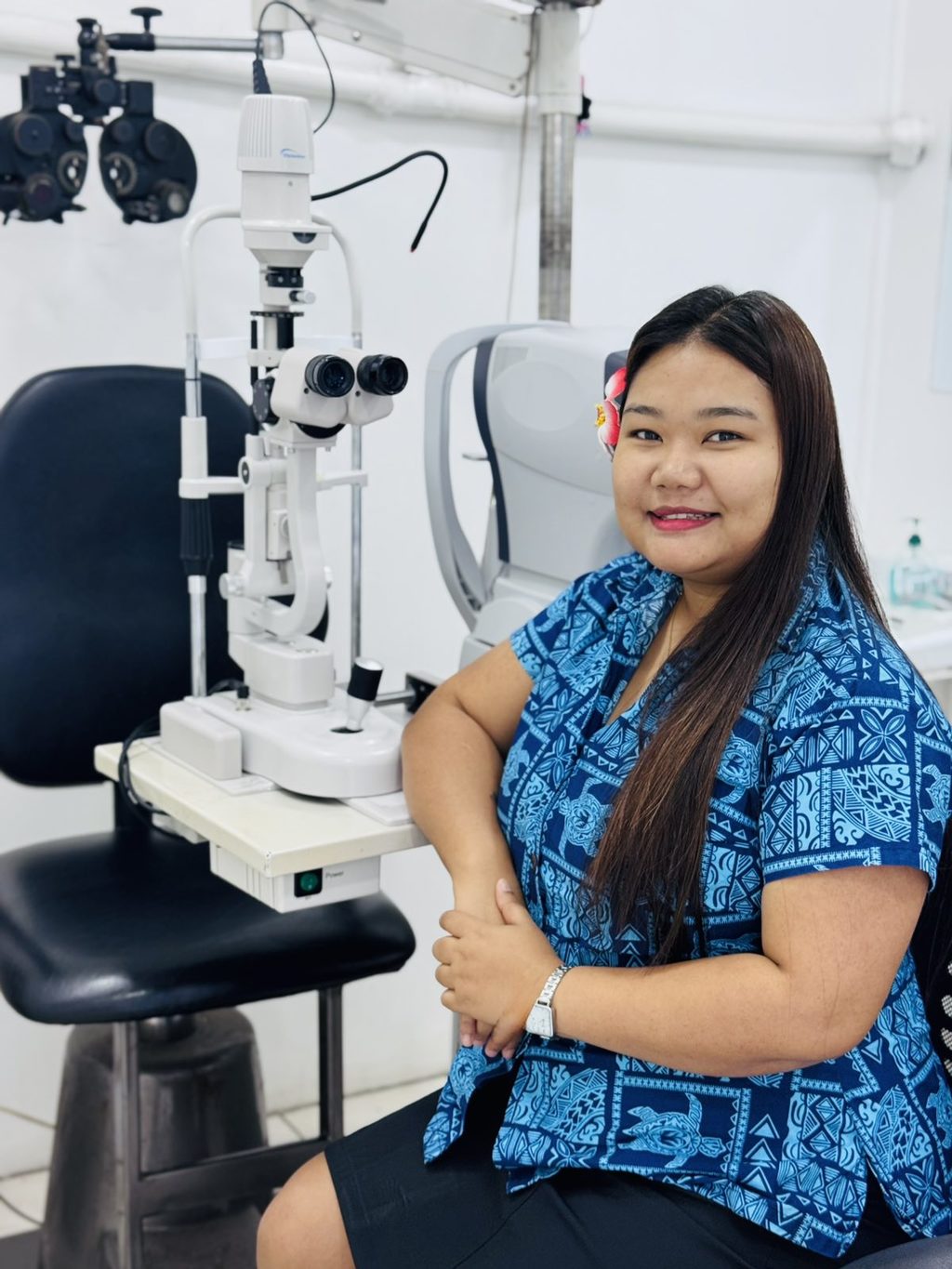Glaucoma is often referred to as the “silent thief of sight”—and for good reason. This group of eye conditions gradually damages the optic nerve, which is crucial for vision.
What makes glaucoma particularly dangerous is that it typically progresses without warning signs until significant, often irreversible, vision loss has occurred.
Globally, glaucoma is one of the leading causes of blindness, affecting over 76 million people. Despite its prevalence, awareness remains low, especially in developing communities.
The good news is that with early detection and proper eye care, vision loss from glaucoma can often be prevented or minimised.
What is glaucoma?
Glaucoma refers to a group of diseases that damage the optic nerve, usually due to increased pressure inside the eye — known as intraocular pressure (IOP). This pressure builds when fluid in the eye (aqueous humor) does not drain properly.
Over time, elevated IOP can harm the optic nerve, which transmits visual signals from the eye to the brain.
There are several types of glaucoma, but the two most common are:
q Primary Open-Angle Glaucoma (POAG): The most prevalent type. It develops slowly over time and often has no symptoms until vision loss has occurred.
q Angle-Closure Glaucoma: A less common but more acute form that occurs when the drainage angle in the eye becomes blocked, causing a rapid rise in eye pressure and requiring immediate medical attention.
Signs and symptoms
One of the challenges with glaucoma is that symptoms often do not appear until advanced stages. However, some signs that may occur include:
q Gradual loss of peripheral (side) vision
q Tunnel vision in advanced stages
q Eye pain or redness (especially in acute cases)
q Halos around lights
q Blurred vision
q Sudden vision loss (in angle-closure glaucoma)
Who is at risk?
Anyone can develop glaucoma, but certain factors increase the risk, including:
q Age over 40
q Family history of glaucoma
q Diabetes or hypertension
q High intraocular pressure
q Prolonged steroid use
q Ethnic background (African, Asian, and Pacific Islander populations are at higher risk)
Importance of early detection
Since glaucoma can progress without symptoms, regular eye check-ups are critical — especially for those at higher risk. During an eye exam, an optometrist or ophthalmologist will:
q Measure eye pressure
q Inspect the drainage angle
q Examine the optic nerve
q Test peripheral vision
q Perform imaging to assess the structure of the eye
Annual or biannual eye exams can help detect early signs of glaucoma, allowing treatment to begin before vision is significantly affected.
Managing glaucoma
While there is no cure for glaucoma, its progression can be managed. Common treatments include:
q Eye drops: Often the first line of treatment to lower eye pressure.
q Oral medications: In some cases, tablets may be used alongside drops.
q Laser therapy: Procedures like laser trabeculoplasty help improve fluid drainage.
q Surgery: When other treatments fail, surgeries such as trabeculectomy or drainage implants are used to control eye pressure.
It is vital for patients to adhere to their treatment plans and attend regular follow-up appointments to monitor eye pressure and nerve health.
Everyday eye care tips
In addition to treatment, adopting healthy habits can support eye health and reduce the risk of glaucoma and other vision problems:
q Regular eye exams: Don’t wait for symptoms. Get your eyes checked annually, especially if you have risk factors.
q Protect your eyes: Use sunglasses to block harmful UV rays, and wear safety eyewear during sports or risky activities.
q Stay physically active: Exercise helps improve blood flow to the eyes and may lower eye pressure.
q Eat for eye health: Include leafy greens, omega-3 fatty acids, and fruits rich in antioxidants in your diet.
q Limit screen time: Take regular breaks using the 20-20-20 rule (every 20 minutes, look at something 20 feet away for 20 seconds).
q Manage chronic conditions: Keep blood sugar and blood pressure in check if you have diabetes or hypertension.
q Don’t smoke: Smoking increases the risk of eye diseases, including glaucoma.
Community awareness and support
Increasing awareness about glaucoma is key to early detection and prevention. Eye care clinics, schools, and community groups should collaborate on public education campaigns. Mobile clinics and free screening events can also reach those who may not have easy access to healthcare.
At Asgar Optometrist Clinics, for example, we are committed to promoting regular eye exams, early intervention, and education on diseases like glaucoma. Our state-of-the-art equipment, experienced optometrists, and compassionate staff ensure every patient receives the best care tailored to their needs.
Conclusion
Glaucoma may be silent, but with regular check-ups and proactive eye care, you can protect your vision for life. Whether you’re at risk or simply aiming to maintain healthy eyes, make your eye health a priority. Remember: early detection is your best defence against glaucoma-related vision loss. Your sight matters — take care of it today.
Dr Passang Bhutia checks the eyes of a customer. Picture: SUPPLIED

Globally, glaucoma is one of the leading causes of blindness, affecting over 76 million people. Picture:SUPPLIED

Left: One of the challenges with glaucoma is that symptoms often do not appear until advanced stages. Picture: SUPPLIED



